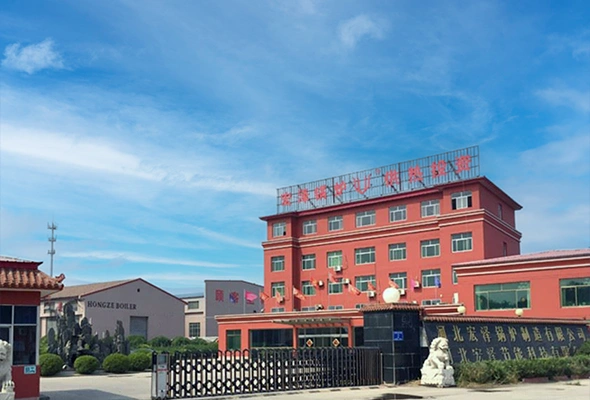
Okt . 31, 2024 20:31 Back to list
Ideal Temperature Range for Standard Boiler Water Operations
Understanding Normal Boiler Water Temperature
Boilers play a crucial role in various industrial processes and heating systems, efficiently producing steam or hot water to meet energy demands. One of the essential factors for ensuring effective boiler operation is maintaining the normal water temperature. This article explores the importance of the normal boiler water temperature, factors influencing it, and implications of temperature deviations.
The normal boiler water temperature typically falls within a range of 140°F to 200°F (60°C to 93°C) for residential systems. For industrial boilers, the operating temperature may be higher, often exceeding 212°F (100°C). Maintaining this optimal temperature is vital for various reasons. First and foremost, it ensures efficient heat transfer, enabling the boiler to produce steam or hot water effectively. If the temperature is too low, it can lead to inadequate steam production, increased fuel consumption, and unnecessary wear and tear on the boiler components.
Several factors influence the normal boiler water temperature. One major factor is the type of fuel used. Different fuels release energy at varying rates, which affects how quickly the boiler can heat water. Additionally, the boiler’s design and size play a significant role; larger boilers typically have higher heat capacities and can maintain temperature more effectively than smaller units. Environmental factors such as ambient temperature and pressure also impact the boiler’s ability to maintain its normal operating temperature.
normal boiler water temperature

Monitoring boiler water temperature is essential for preventing operational issues. A temperature that is too high can indicate problems such as a malfunctioning thermostat, excessive pressure, or scaling within the boiler. These issues can lead to dangerous situations, including boiler explosions. On the other hand, consistently low temperatures can signify underperformance or sediment buildup, requiring maintenance to restore efficiency. Regular inspections and temperature checks are vital to ensure the boiler operates within the recommended temperature range.
Furthermore, understanding the relationship between boiler water temperature and energy consumption is crucial. Higher temperatures generally lead to increased efficiency in steam production, which can result in lower operational costs. However, overheating can waste energy and lead to increased costs and environmental impact. Thus, balancing temperature settings is key to optimizing both performance and cost-effectiveness.
In conclusion, maintaining the normal boiler water temperature is crucial for efficient and safe operation. By understanding the factors that influence temperature and regularly monitoring performance, operators can maximize the efficiency of boiler systems, reduce energy costs, and ensure safety in their operations. Proper maintenance and timely interventions are essential in achieving the optimal operating conditions for any boiler system.
-
Efficient Biomass Fired Hot Water Boiler | AI Heating Solution
NewsAug.01,2025
-
High-Efficiency Gas Thermal Oil Boilers | HPT Models
NewsJul.31,2025
-
Oil Fired Hot Water Boilers Sale - High Efficiency & Affordable
NewsJul.31,2025
-
High-Efficiency Commercial Oil Fired Steam Boiler for Industry
NewsJul.30,2025
-
High-Efficiency Biomass Fired Thermal Oil Boiler Solutions
NewsJul.30,2025
-
High Efficiency Gas Fired Thermal Oil Boiler for Industrial Heating
NewsJul.29,2025
Related PRODUCTS






















